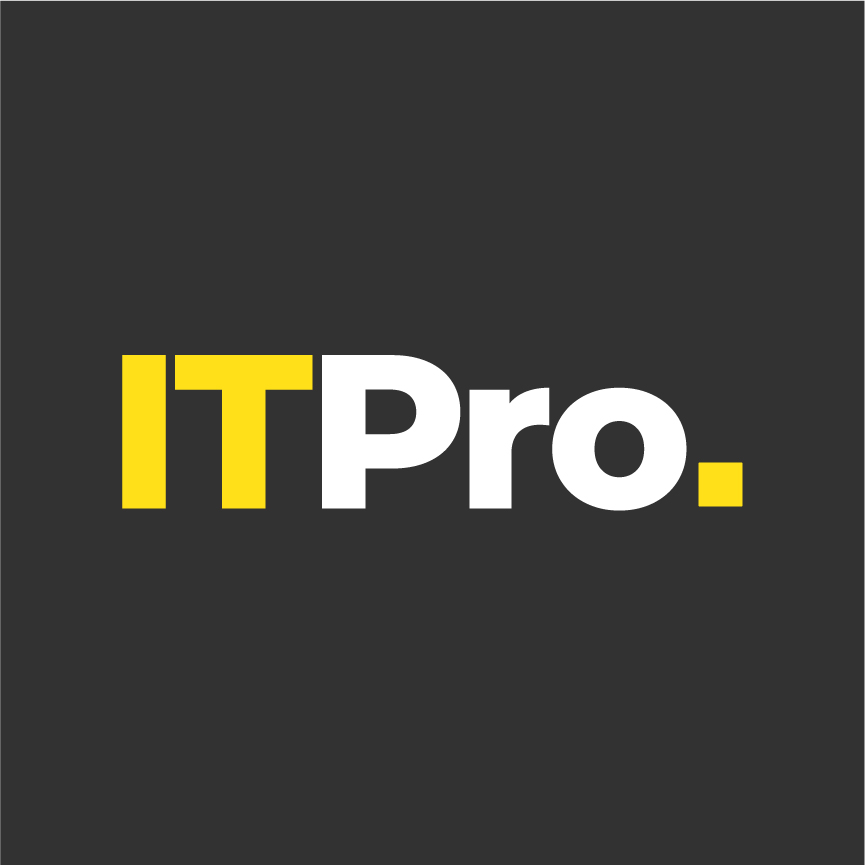Sponsored by Informatica
Data integration for open table formats
Open table formats can unlock huge benefits for IT leaders looking to get value out of their data
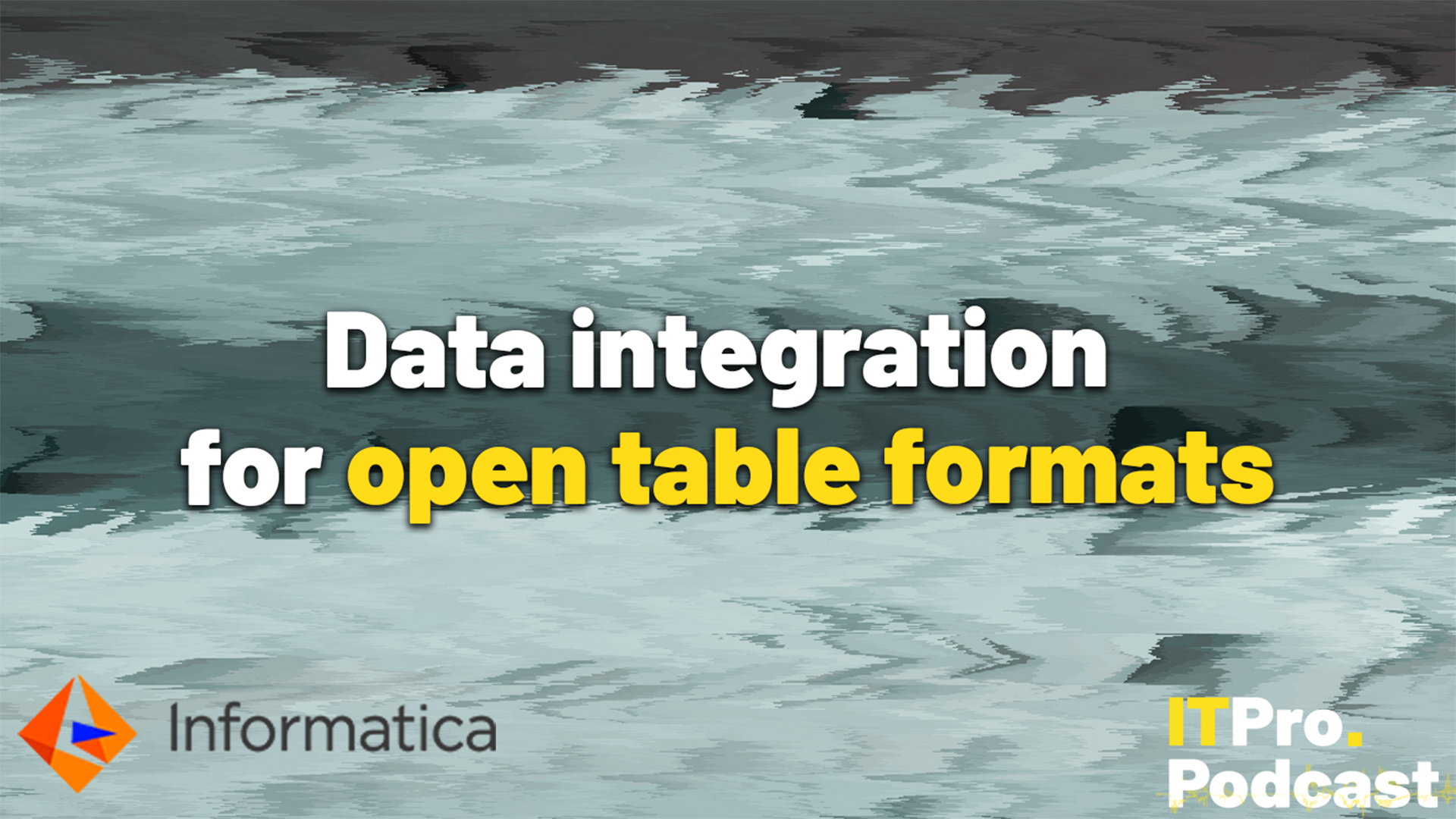
Any modern enterprise generates reams of data, which can be difficult to correctly store, process, and use without the right approach.
This has become even more important in the face of AI. Before any leader can begin implementing AI across their workflow, they must first ensure they’ve prepared data at the right scale – and across its entire lifecycle.
Data integration, in which data from across a business is combined into a single stream, can be a huge help here. But where do you start with this? And where do open data formats fit into this mix?
In this episode, in association with Informatica, Jane and Rory are joined by Eric Ho, senior director product management at Informatica, to discuss data integration at scale and explore the evolution of open table formats for modern data architectures and data warehousing.
Highlights
“So there's now more data, there are more data sources additionally, and more data formats that need to be supported in terms of structured, semi-structured, as well as unstructured data. Now, with the data being in the cloud, it makes it even more important that the data is secure and private and the quality of the data needs to be proper, otherwise with poor data quality, poor decisions will be made.”
“Open table formats are essentially specialized formats, which actually manage and organize data in a lakehouse architecture. And what it essentially is, is it's the logical data structures created via metadata to manage and maintain and address the physical data objects that are in the lakehouse architecture.”
“Informatica supports open table formats in multiple ways. At the end of the day, we want to ensure we support every single permutation of open table formats, but we support the different file formats, the different storage components, as well as the different catalogs. When I say the different file formats, we support Iceberg, Delta, as well as Hudi on the roadmap. In terms of storage, we support all hyperscalers, AWS, Microsoft Fabric, OneLake, as well as [Azure Data Lake Storage] (ADLS) gen two, as well as Google Cloud Storage.”
“So what open table formats are designed specifically to do is to be able to leverage processing engines to be able to process large amounts of data, like Spark, and make it available at a convenient cost. Another example or use case, why folks consider using open table is because they might need to audit their records. So for example, if you need to audit your invoices or expenses, every single update of open table formats creates a snapshot in time, so snapshots can be retrieved easily in the lakehouse to be able to answer the audit questions.”
Footnotes
- Structured vs unstructured data management
- Only a handful of generative AI projects make it into production – here’s why
- A quarter of firms still don’t have a formal data strategy – and it’s hampering AI adoption
- What is Delta Lake in Databricks?
- Why your business needs data protection policies
Subscribe
- Subscribe to The IT Pro Podcast on Apple Podcasts
- Subscribe to The IT Pro Podcast on Spotify
- Subscribe to the IT Pro newsletter
- Join us on LinkedIn
Sign up today and you will receive a free copy of our Future Focus 2025 report - the leading guidance on AI, cybersecurity and other IT challenges as per 700+ senior executives
ITPro is a global business technology website providing the latest news, analysis, and business insight for IT decision-makers. Whether it's cyber security, cloud computing, IT infrastructure, or business strategy, we aim to equip leaders with the data they need to make informed IT investments.
For regular updates delivered to your inbox and social feeds, be sure to sign up to our daily newsletter and follow on us LinkedIn and Twitter.
-
 Dell Technologies doubles down on AI with SC25 announcements
Dell Technologies doubles down on AI with SC25 announcementsAI Factories, networking, storage and more get an update, while the company deepens its relationship with Nvidia
-
 Box and AWS announce new multi-year AI collaboration
Box and AWS announce new multi-year AI collaborationNews The agreement includes fresh integrations between Box and AWS, including support for Amazon Quick Suite and Amazon Q Developer
-
 The trillion dollar services opportunity
The trillion dollar services opportunitySponsored Podcast Services and enablement are key to transforming products into business outcomes
-
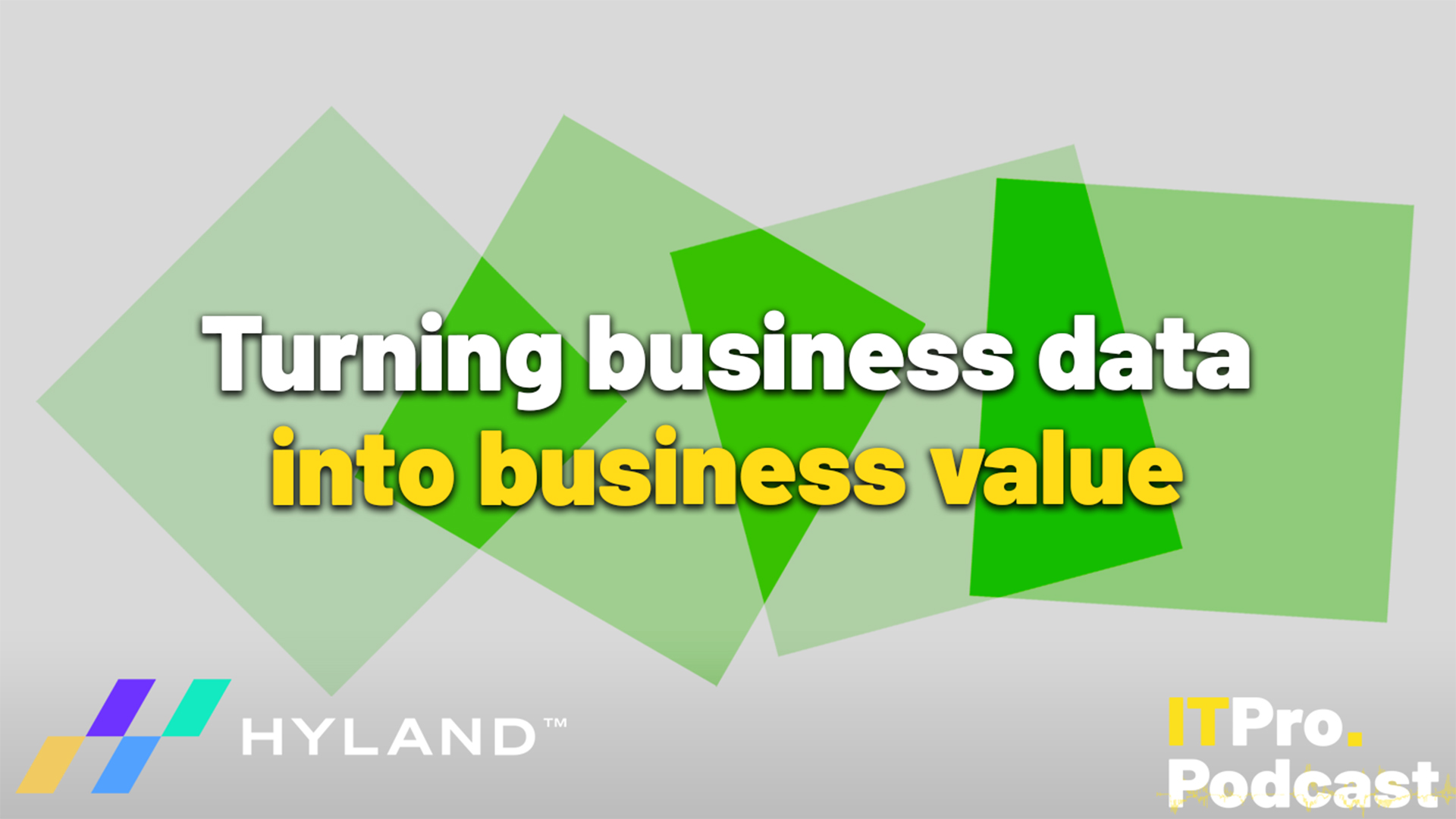 Turning business data into business value
Turning business data into business valueSponsored Podcast Businesses looking to harness unstructured data and deploy widespread agents need a steadfast strategy
-
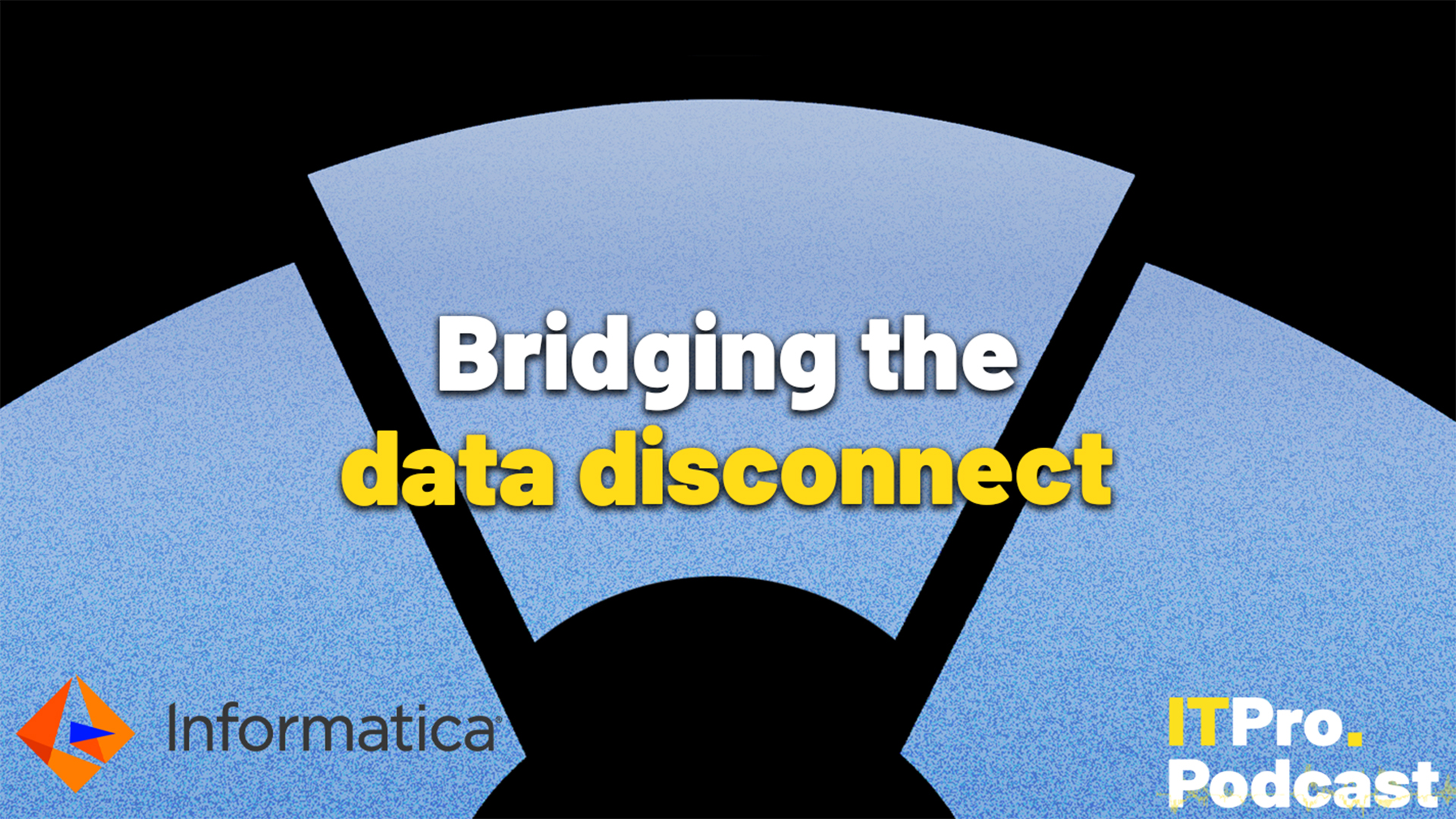 Bridging the data disconnect
Bridging the data disconnectSponsored Podcast How can businesses make the most of their data for customer success?
-
 Java celebrates its 30th birthday and more Microsoft developer layoffs
Java celebrates its 30th birthday and more Microsoft developer layoffsITPro Podcast Is AI coming for everyone's job now? Plus Dragonforce emerges as the tool behind UK retail attacks
-
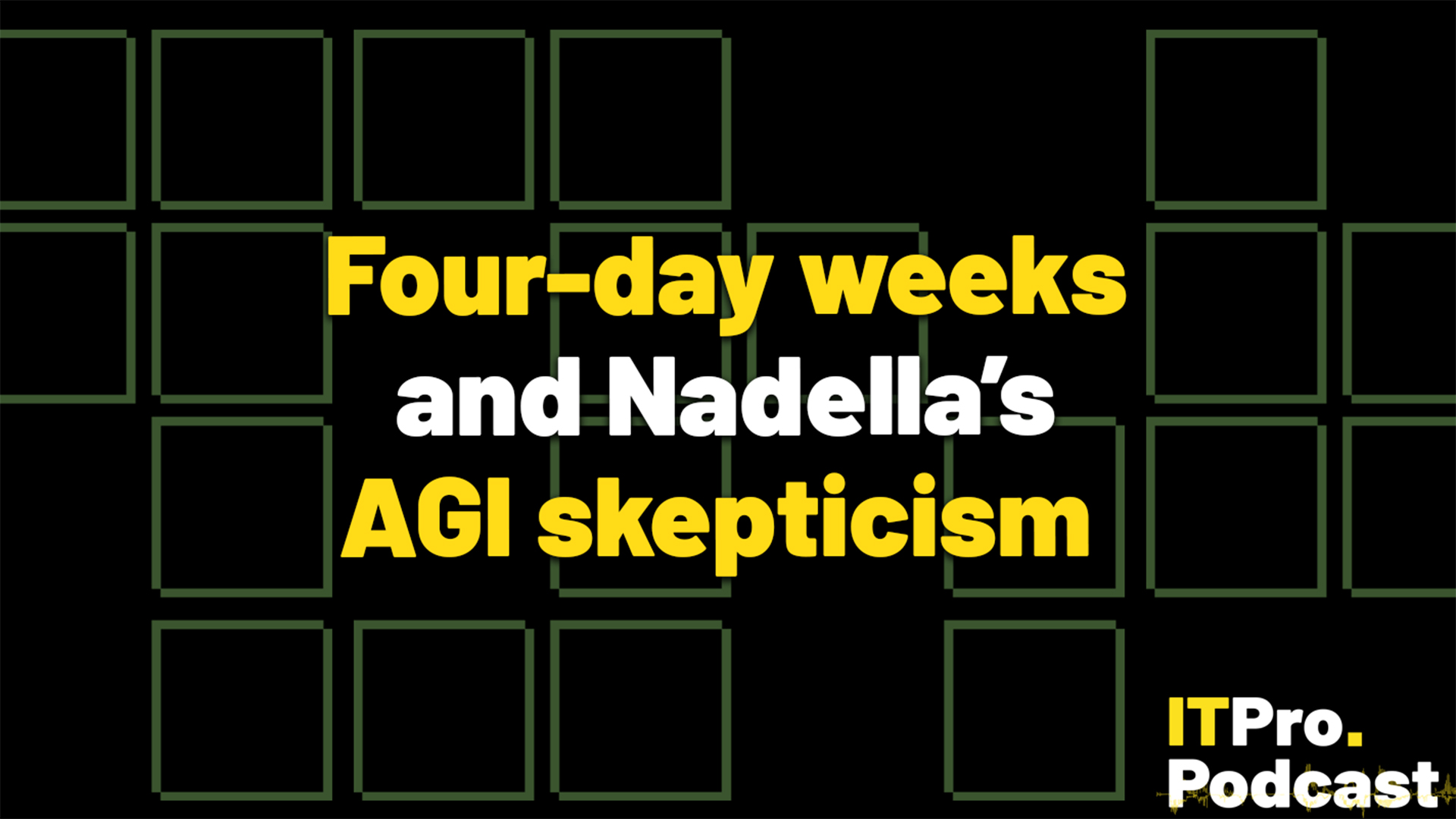 Four-day weeks and Nadella's AGI skepticism
Four-day weeks and Nadella's AGI skepticismITPro Podcast As the Microsoft chief casts doubt on ultra-advanced AI systems, a famous security blogger has fallen victim to a classic attack
-
 Creating space for women in tech
Creating space for women in techITPro Podcast Tech's huge gender divide can only be tackled with more welcoming, proactive sectoral efforts
-
 What is the EU's AI plan?
What is the EU's AI plan?ITPro Podcast As the EU moves to enable AI innovation, it could end up striking the perfect balance between regulation and public support – especially as US AI laws become more complex
-
 The trends we’re watching in 2025
The trends we’re watching in 2025AI for security and sovereign cloud could be top driving forces in the coming year

